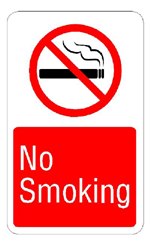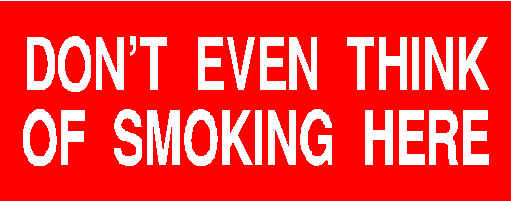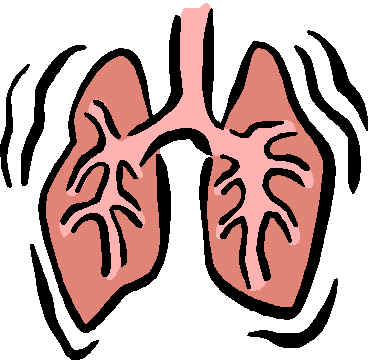
NO SMOKING
about smoking
news
smoking badness
smoking cessation
tobacco smoke & ASTHMA
product
about Passive (Involuntary) Smoking
what's
is it?
information
it's badness
how to protect your child from
passive smoking
say no to it
Tobacco Smoke & ASTHMA
Passive smoking is especially hazardous to children who have asthma. Exposure
to smoke causes more severe asthma attacks, more emergency room visits,
and more admissions to the hospital. These children are also less likely
to outgrow their asthma.
The following conditions are worsened by passive smoking:
- pneumonia
- coughs or bronchitis
- croup or laryngitis
- wheezing or bronchiolitis
- asthma attacks
- flu (influenza)
- ear infections
- middle ear fluid and blockage
- colds or upper respiratory infections
- sinus infections
- sore throats
- eye irritation
- crib deaths (SIDS)
- school absenteeism caused by illness
Tobacco smoke is irritating to the airways in several ways. Smoke is made up of chemicals and very small pieces of ash that remain in the air long after the cigarette, pipe, or cigar is out. Children breathe in these airborne chemicals and ash, which cause the muscles around the airways to squeeze tight, making it difficult for the child to breathe.
Coughing, wheezing and a tight feeling in the chest are frequent complaints of children forced to breathe second-hand smoke. The smell of smoke on clothes and furniture and in the car can trigger an acute asthma episode for a child with sensitive airways. Breathing second-hand smoke as a child can affect the lungs throughout life!

